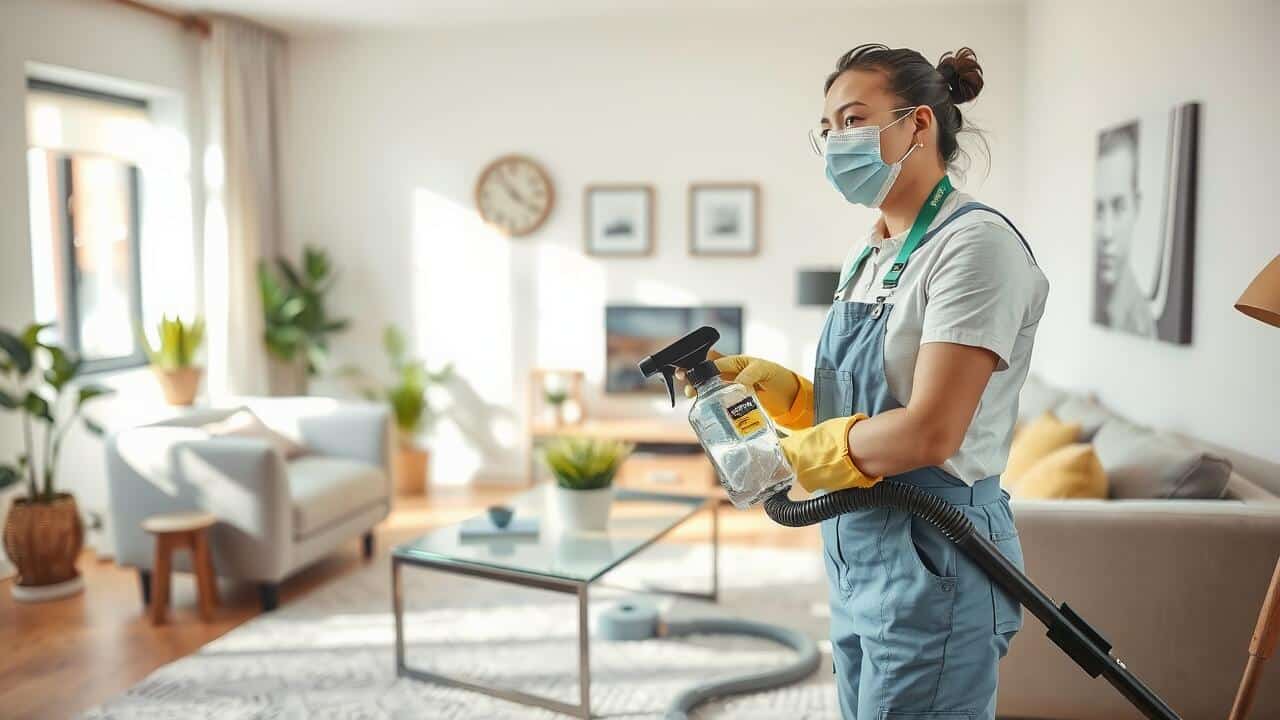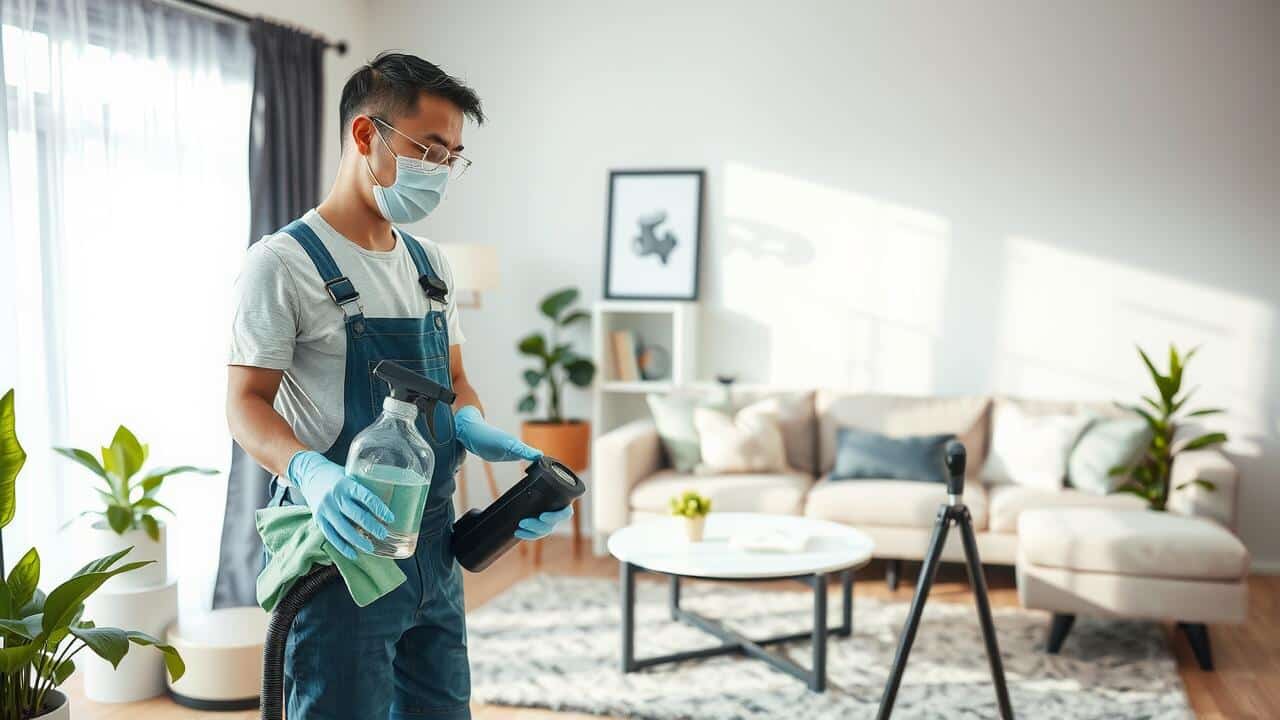
Table Of Contents
Frequency of Home Sanitation
The frequency of home sanitizing can vary based on several factors, including the size of your household, the presence of pets, and specific health concerns. For most homes, a general rule of thumb is to perform thorough sanitization at least once a week. Areas with high-touch surfaces, such as doorknobs, light switches, and remote controls, may require more frequent attention, especially during cold and flu seasons.
For families with young children or immunocompromised individuals, increasing the frequency of home sanitizing becomes essential. In these cases, daily attention to frequently used surfaces and items can significantly reduce the risk of germs spreading. Establishing a consistent routine that addresses both common areas and private spaces helps maintain a healthier living environment for everyone.
Creating a Sanitization Schedule
Creating a sanitization schedule is essential for maintaining a clean and healthy living environment. Regular home sanitizing can help reduce the spread of germs and allergens. Consider the frequency of use for different areas in your home. High-traffic areas like kitchens and bathrooms should be sanitized more often, while less frequented spaces can be addressed on a less regular basis.
Incorporating seasonal deep cleans into your schedule can also enhance overall sanitation. This can include tasks such as washing curtains, deep-cleaning carpets, and decluttering areas that accumulate dust. Breaking your sanitization tasks into daily, weekly, and monthly segments ensures that no area is overlooked. A well-structured schedule will increase the overall effectiveness of your home sanitizing efforts.
Safety Precautions When Sanitizing
Safety is paramount during home sanitizing to protect both yourself and your family. Always ensure that the area is well-ventilated to minimize exposure to fumes from cleaning products. Wearing gloves can prevent skin irritation, while masks can protect against inhaling harmful chemicals. Read the labels carefully and follow the manufacturer’s instructions for proper use. Store cleaning supplies out of reach of children and pets to prevent any accidents.
When selecting cleaning agents for home sanitizing, opt for products that are specifically designed for the surfaces you intend to clean. Avoid mixing different cleaners, as this can create dangerous reactions. Dispose of used materials, such as rags or sponges, properly to minimize contamination. Taking these precautions not only enhances your cleaning efforts but also ensures a safer home environment for everyone.
Tips for Safe Handling of Cleaning Supplies
When engaging in home sanitizing, it is essential to follow proper safety protocols while handling cleaning supplies. Always wear gloves to protect your skin from potential irritation caused by harsh chemicals. If you are using spray cleaners, ensure that you direct the spray away from your body and avoid inhaling any aerosols. Keeping windows open during the sanitization process can help with ventilation, reducing the risk of inhaling toxic fumes.
Storing cleaning supplies safely is another important practice. All products should be kept out of reach of children and pets to prevent accidental ingestion or contact. Utilize cabinets with childproof locks or high shelves to mitigate risks. Always read labels for specific handling instructions and first aid recommendations in case of a mishap. Properly disposing of unused or expired products also contributes to a safer home environment during your home sanitizing efforts.
Child and Pet Safety During Sanitization
When engaging in home sanitizing, it is essential to prioritize the safety of children and pets. Many common cleaning products contain chemicals that can be harmful if inhaled or ingested. Keep these items out of reach and remain vigilant during the cleaning process. Designate a safe area where children and pets can remain while you sanitize, ensuring they are away from any potential hazards.
Using child-friendly and pet-safe products can significantly reduce the risks associated with home sanitizing. Opt for natural cleaning solutions or specific formulations that are labeled as safe for households with pets and children. Additionally, always provide proper ventilation in the areas you are cleaning to help dissipate any harmful fumes from cleaning agents. Being proactive in these steps ensures a cleaner and safer environment for your entire family.
Ensuring a Safe Environment
Creating a safe environment during home sanitizing is crucial, especially when it comes to protecting your loved ones. Use non-toxic cleaning products whenever possible. This minimizes potential health risks and ensures that harmful chemicals do not linger in the air or on surfaces, providing peace of mind as you clean. Pay attention to product labels to verify that they are safe for indoor use and effective against germs.
Additionally, consider the timing of your home sanitizing efforts. Choose times when children and pets are away from the area being cleaned. This allows for thorough sanitization without the risk of exposure to chemicals or slip hazards. Ventilating your home while cleaning can help disperse fumes from any cleaning agents you use. Make sure to keep all cleaning supplies out of reach from children and pets, creating a secure atmosphere conducive to effective cleaning.
FAQS
How often should I sanitize my home?
It’s recommended to sanitize high-touch surfaces daily, while a more thorough cleaning and sanitization of the entire house can be done weekly or biweekly, depending on your household needs.
What should I include in my sanitization schedule?
Your sanitization schedule should include daily tasks like wiping down doorknobs, light switches, and countertops, along with weekly or biweekly deep cleaning tasks such as vacuuming, mopping floors, and sanitizing bathrooms and kitchens.
Are there specific safety precautions I should take when sanitizing?
Yes, always wear gloves and ensure good ventilation while using cleaning products. Avoid mixing different cleaning agents, as this can create harmful fumes, and refer to the product labels for proper use.
What tips can I follow for the safe handling of cleaning supplies?
Store cleaning supplies out of reach of children and pets, use them in well-ventilated areas, and always follow the manufacturer’s instructions. Consider using non-toxic or eco-friendly cleaning options for added safety.
How can I ensure my child and pets are safe during the sanitization process?
Keep children and pets away from areas being sanitized, secure cleaning products in locked cabinets, and use child-safe cleaning products whenever possible. Also, consider timing your cleaning when they are not at home, if feasible.
